In June, 2022, we appreciate you supporting FridayParts and putting your trust in us. Based on 4334 orders, we donated 434 US dollars to poor children around the world in June. We make monthly donations to charity. Thank you to all of our customers. As a part of our efforts to educate the public about the plight of helpless children around the world, we have selected to share this month’s UNICEF article.
4 things you need to know about water and famine
Conflict, climate change, poverty and most recently the COVID-19 pandemic are driving massive humanitarian crises, leaving millions at risk of famine. Children are the most vulnerable during periods of famine and extreme food insecurity, facing a greater likelihood of severe malnutrition and death. These crises also produce irreversible, life-long consequences for children, leading to severe health and development challenges.
When we think of famine, we often think of a lack of food. But increasingly, the crisis is one not only of food insecurity, but also of clean water, sanitation and health care – especially disease prevention and treatment. Water and sanitation are just as important as food for children and families facing famine and food insecurity. Here are four reasons why:

Source: UNICEF
1. Disease and malnutrition
Unsafe water and sanitation can lead to malnutrition or make it worse. “No matter how much food a malnourished child eats, he or she will not get better if the water they are drinking is not safe,” says Manuel Fontaine, UNICEF Director of Emergency Programmes. Unsafe water can cause diarrhoea, which can prevent children from getting the nutrients they need to survive, ultimately leading to malnutrition. Malnourished children are also more vulnerable to waterborne diseases like cholera. Inadequate access to minimum water, hygiene, and sanitation is estimated to account for around 50 per cent of global malnutrition.

Source: UNICEF
2. Climate change
Climate change and extreme weather events like droughts and floods can deplete or contaminate water supplies. This threatens both the quality and the quantity of the water that entire communities rely on. As families in areas of extreme water stress compete for scarce or unsafe water sources, they are driven from their homes, increasing their vulnerability to disease and protection risks.
Globally, over 1.42 billion people, including 450 million children, live in areas of high or extremely high water vulnerability. The Horn of Africa is facing the worst drought the region has seen in 40 years. Three consecutive dry seasons have driven hundreds of thousands of people from their homes, killed vast swathes of livestock and crops, and fuelled malnutrition.

Source: UNICEF
3. Conflict
Conflict is often the main factor driving the threat of famine, putting strain on food and water supplies, as well as health systems. The war in Ukraine, for example, has driven up food and fuel prices in places where children are already going hungry. And all too often, the human dependence on water has been intentionally exploited during armed conflict, with water resources and the systems required to deliver drinking water coming under direct attack.
Nearly all of the conflict-related emergencies where UNICEF has responded in recent years have involved some form of attack hindering access to water, whether intentionally directed against water infrastructure or incidentally. For young children especially, the consequences of these disruptions can be deadly. In protracted conflicts, children under 5 are more than 20 times more likely to die from diarrhoeal disease linked to unsafe water and sanitation than violence in conflict.

Source: UNICEF
4. Displacement
When fighting or drought force people from their homes, children and families become more vulnerable both to abuses and to health threats. On the move, children often have no choice but to drink unsafe water. Makeshift camps set up without toilets become hotspots for disease outbreak. Children who are already vulnerable are more susceptible to diseases, and are often unable to access hospitals and health centres as they flee. Around 9.2 million people are displaced across the four famine-threatened countries.
| September,2021 | October,2021 | November,2021 | December,2021 | January,2022 | February,2022 | March,2022 | April,2022 | May,2022 | June,2022 | |
|---|---|---|---|---|---|---|---|---|---|---|
| Amount raised by members (including GST) | $278.00 | October,2021 | $225.00 | $227.00 | $293.00 | $293.00 | $382.00 | $340.00 | $398.00 | $434.00 |
| Accumulated Orders (monthly) | 2,780 | 2,687 | $225.00 | 2,153 | 2,930 | 2,889 | 3,814 | 3,391 | 3,976 | 4,334 |


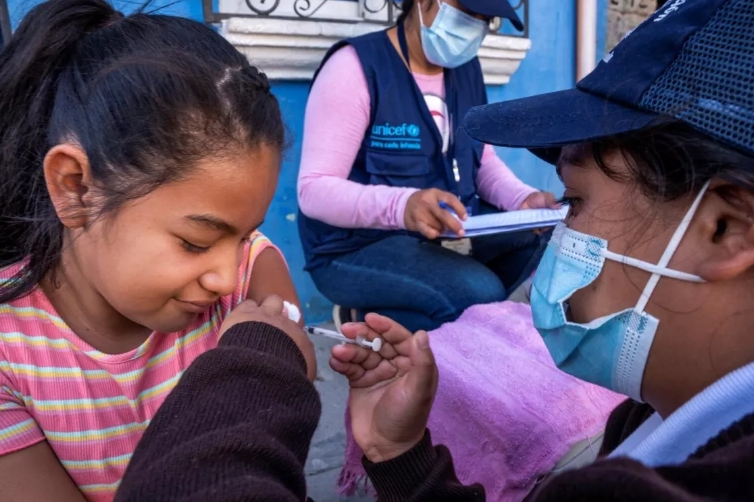
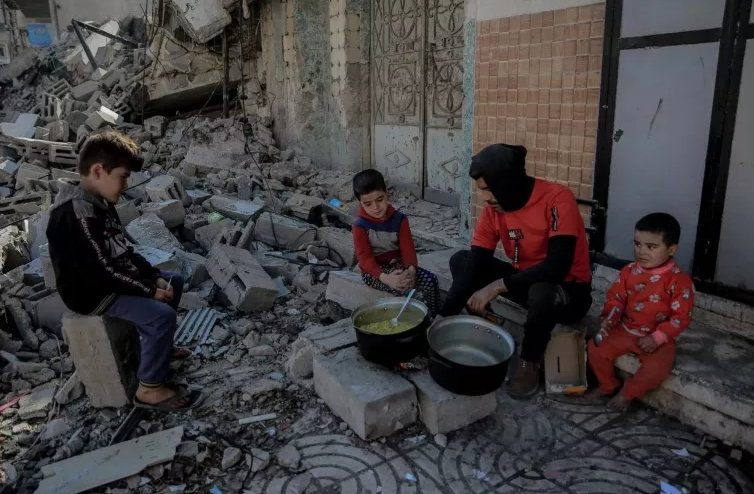

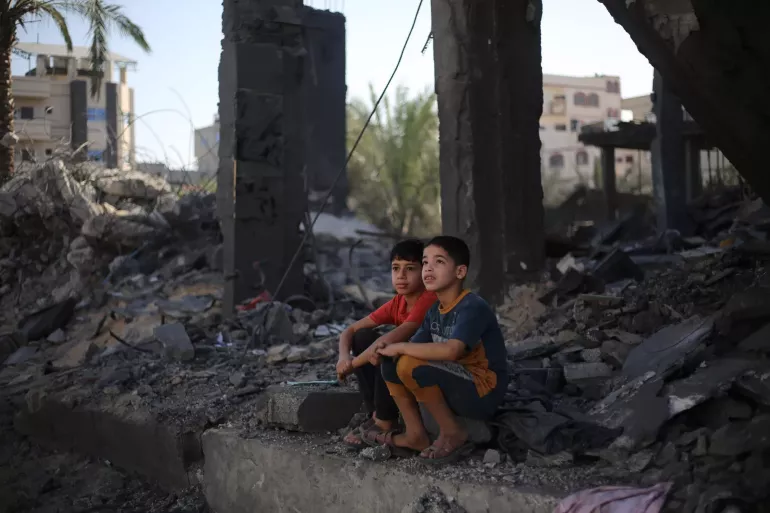
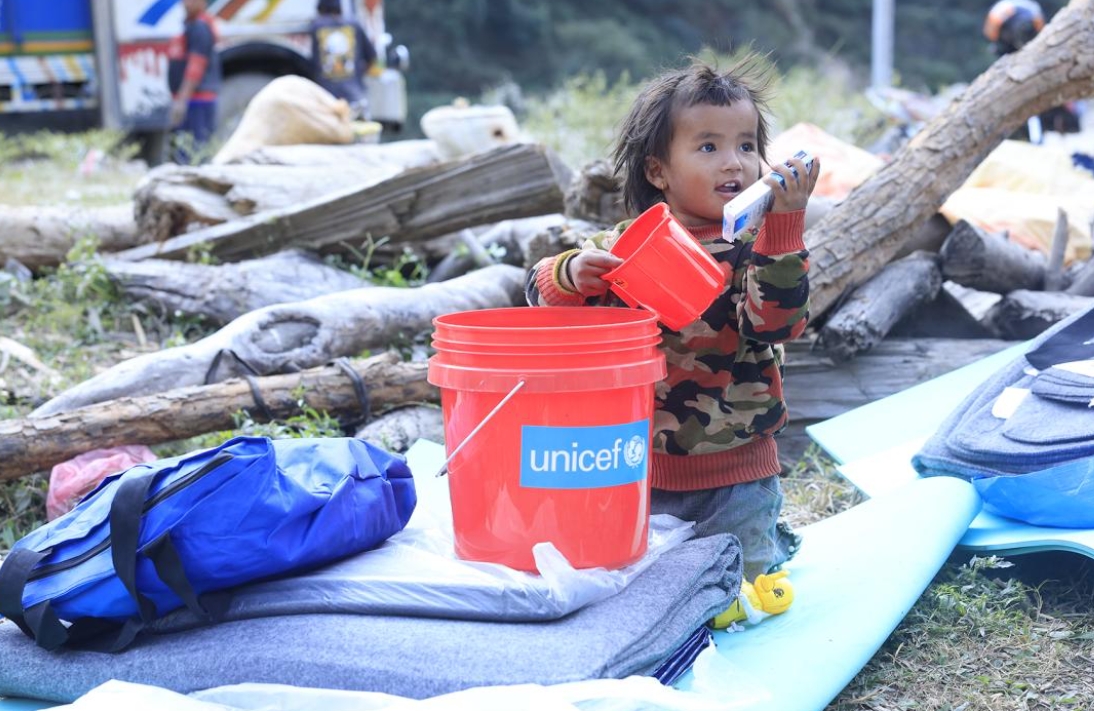
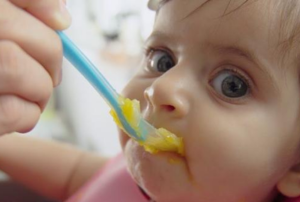
Leave A Comment